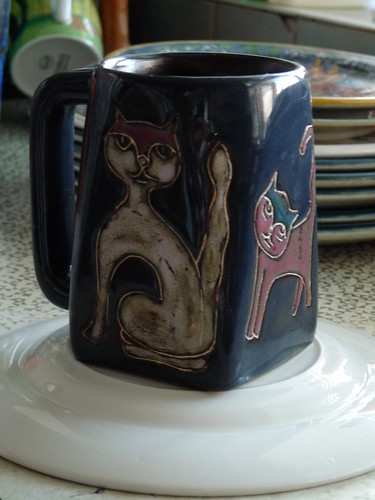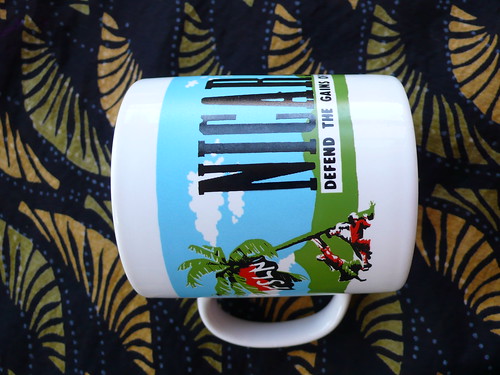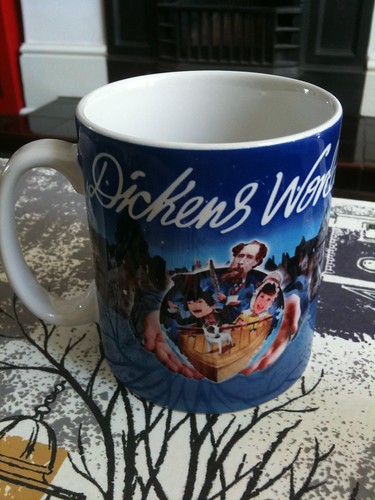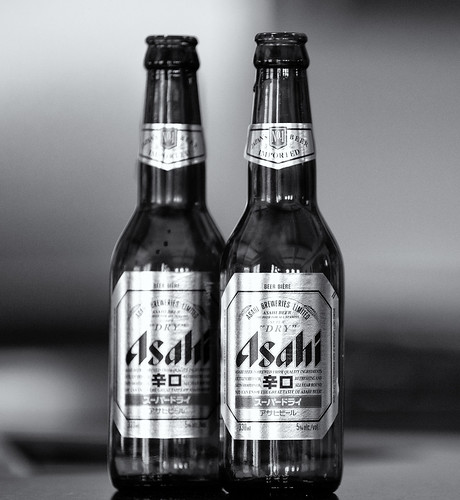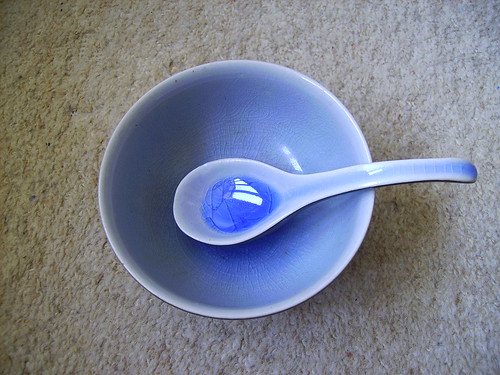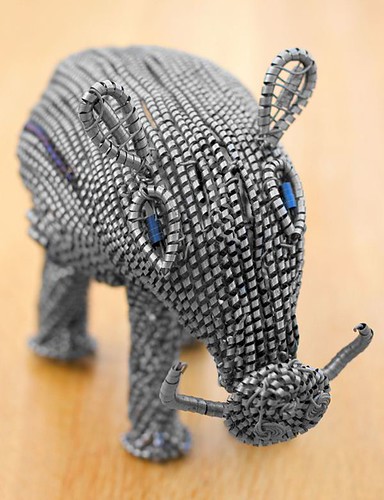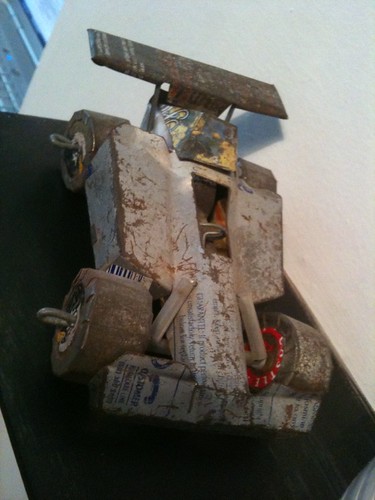We have really enjoyed writing these blog posts, and we hope that you have enjoyed reading them.
It doesn't have to end here, however: remember you can find our page on the Geffrye website, and play with our interactive map of the world and watch our digital story, A Short History of Tea in English Homes.
Also, our The World at Home display begins this Tuesday (17th) and will remain in the cases in the Twentieth Century Galleries at the Geffrye for the next few weeks. You will also be able to view a version of the display panels online. Find out how to get to the Geffrye here (PS it's free!).
We have also catered for the Museum's younger visitors: a special Sam the Dog trail is soon to be installed, which explores the international connections of some of the Geffrye's objects on display in the period rooms. The 'feely box' (in which you have to guess what objects are by feeling them rather than seeing them) has also been refreshed with new objects with an international twist.
Our project has been part of a much larger Stories of the World project, which is itself part of the Cultural Olympiad. The Geffrye is in the process of developing their main Stories of the World project for 2010, so what this space. In the meantime, there are loads of Stories of the World projects going on in museums all over London and the rest of the country. See the Facebook page to find one near you.
We would like to say a huge thankyou to everyone who has followed us over the last couple of months! We would also like to thank the Geffrye for allowing us to go behind-the-scenes at the museum, and the MLA for funding our project. We hope you enjoy the results!
Goodbye from The World at Home!













